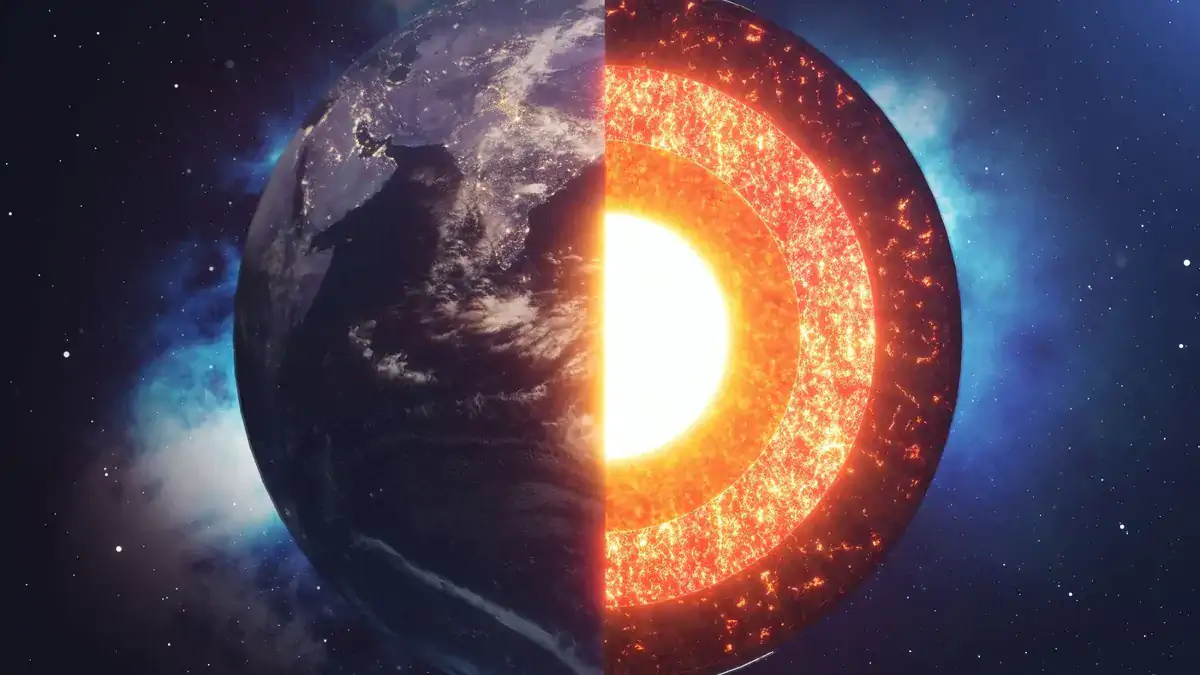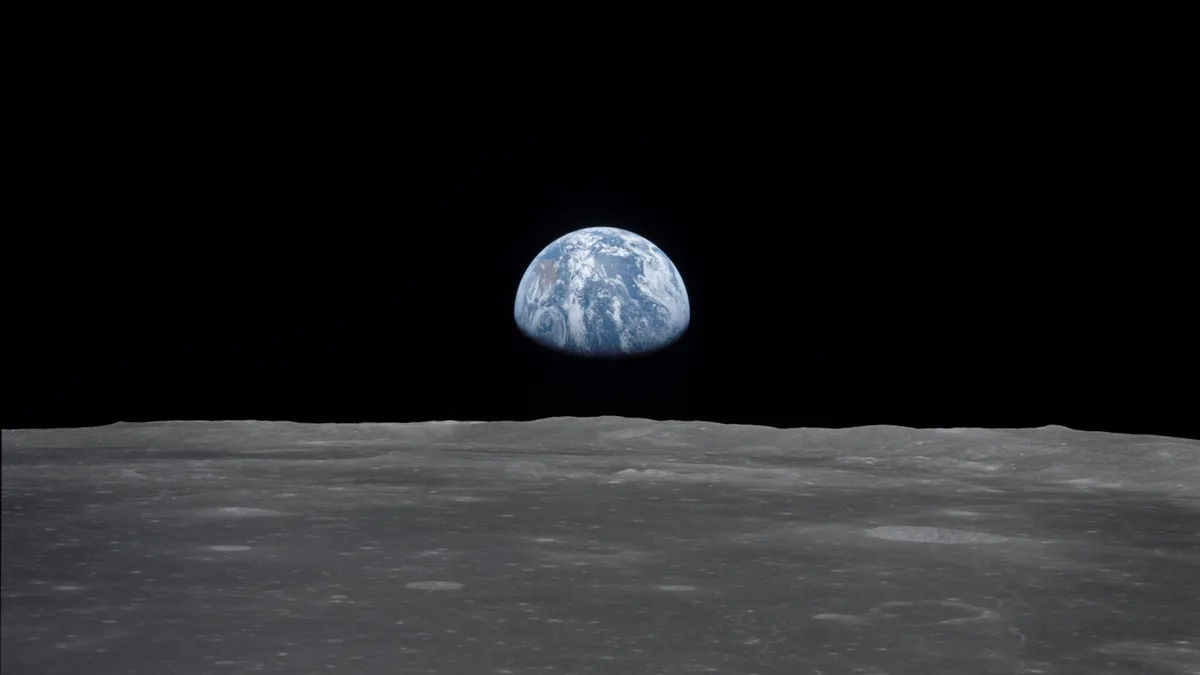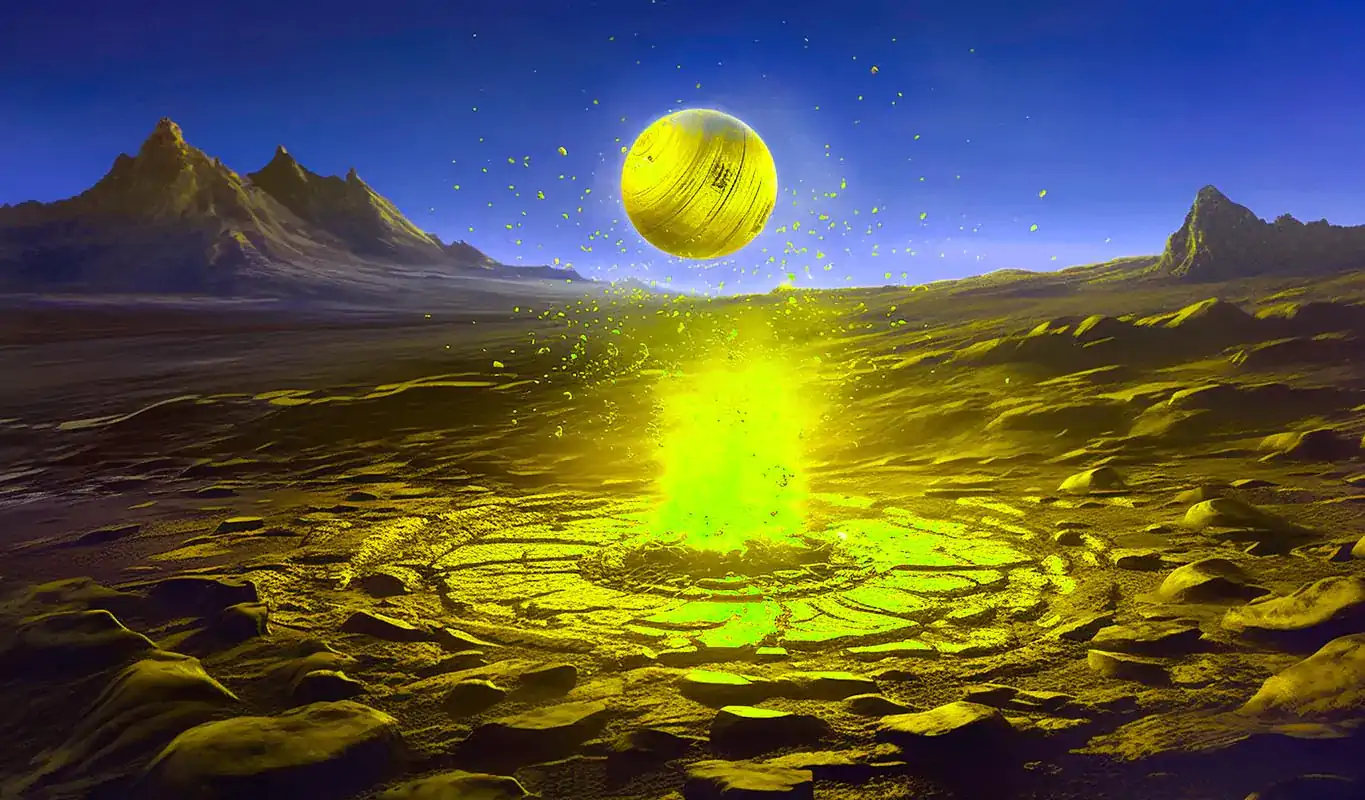Much like an onion, Earth, on which you drink, eat, breathe and roam, is more than its vast mountains and deep oceans. Despite our relentless efforts to land on other planets and search for a new 'habitable' home, mysteries are yet to unfold right beneath our feet.
How was Earth formed: Understanding Earth's layers leads to a theory regarding its origin
Firstly, one must ponder Earth's formation to understand how Earth came to have its layered structure. One leading theory relates to when our solar system was merely a 'solar nebula'- i.e., a spinning cloud of gas and dust some 4.5 billion years ago. At this time, the star that serves as the focal point of our solar system, the sun, was born.
The solar wind, a continuous stream of charged particles from the Sun's upper atmosphere, carried away lighter elements like hydrogen and helium. Simply put, the material left behind after the sun formed began to cluster together.
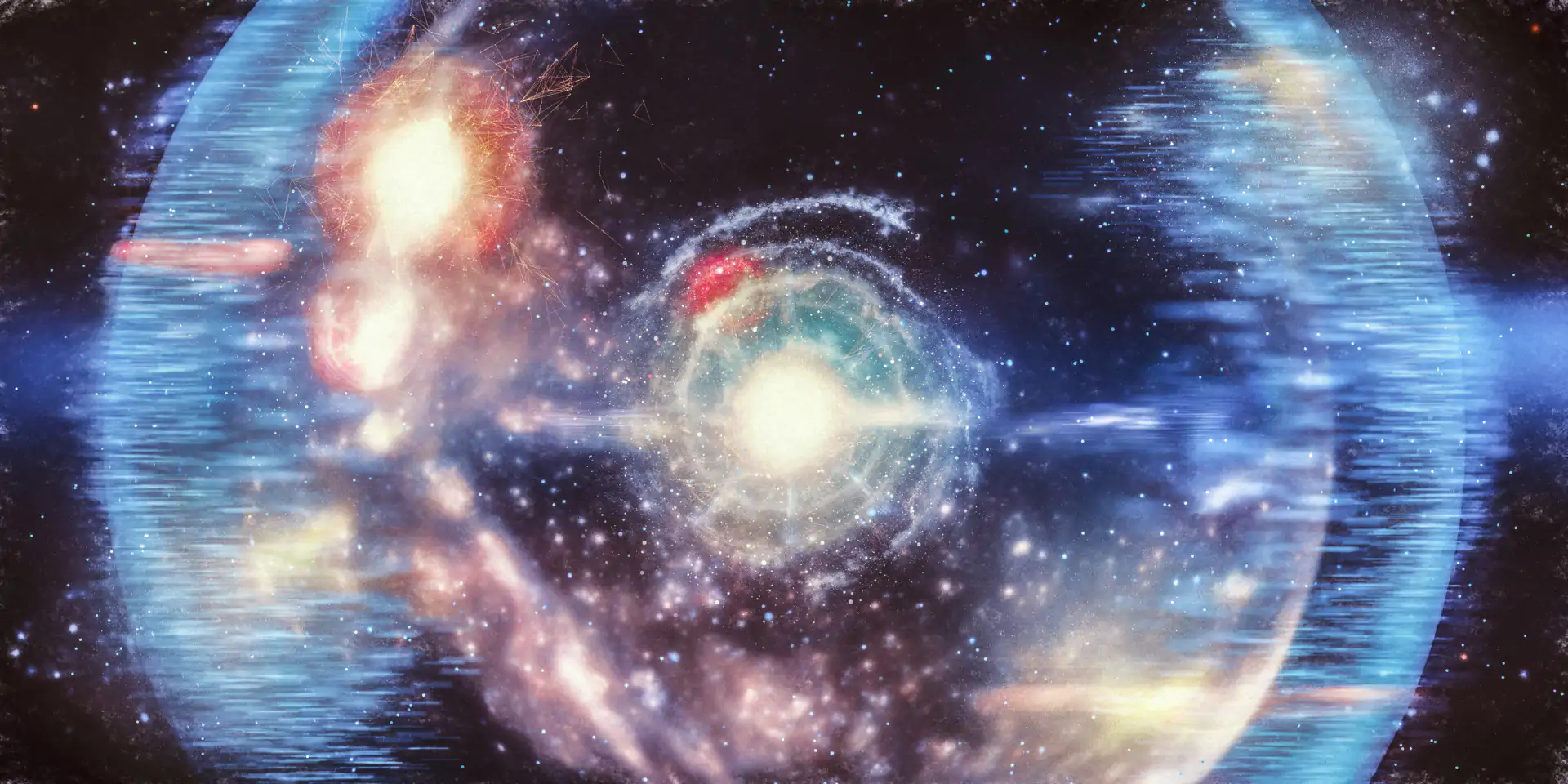
The hefty, rocky materials left behind clumped together to form smaller terrestrial entities, such as planets, including the Earth. Relatively heavier elements, such as iron and nickel, sank toward Earth's center. At the same time, silicon and oxygen rose toward the Earth's surface. However, at this time, the entire Earth remained molten.
Even within this widely accepted idea, scientists are still perplexed by how the Earth was formed. Still, other questions do exist, such as; What is the composition of the Earth? How many layers of Earth exist? And how are they different? How do they influence events on the Earth? Better yet, is there anything else down there?
How does seismology reveal Earth's layers?
Thanks to developments in seismology, we now know the answers to many of the questions regarding Earth's interior. Scientists can use their knowledge of sound waves, the same type that earthquakes generate, to examine the nature of Earth's layers.
They look at how the sound waves behave when moving through Earth's different layers. This made developing a simple model, like the one below showing Earth's interior, possible.
What are the chemical layers of Earth?
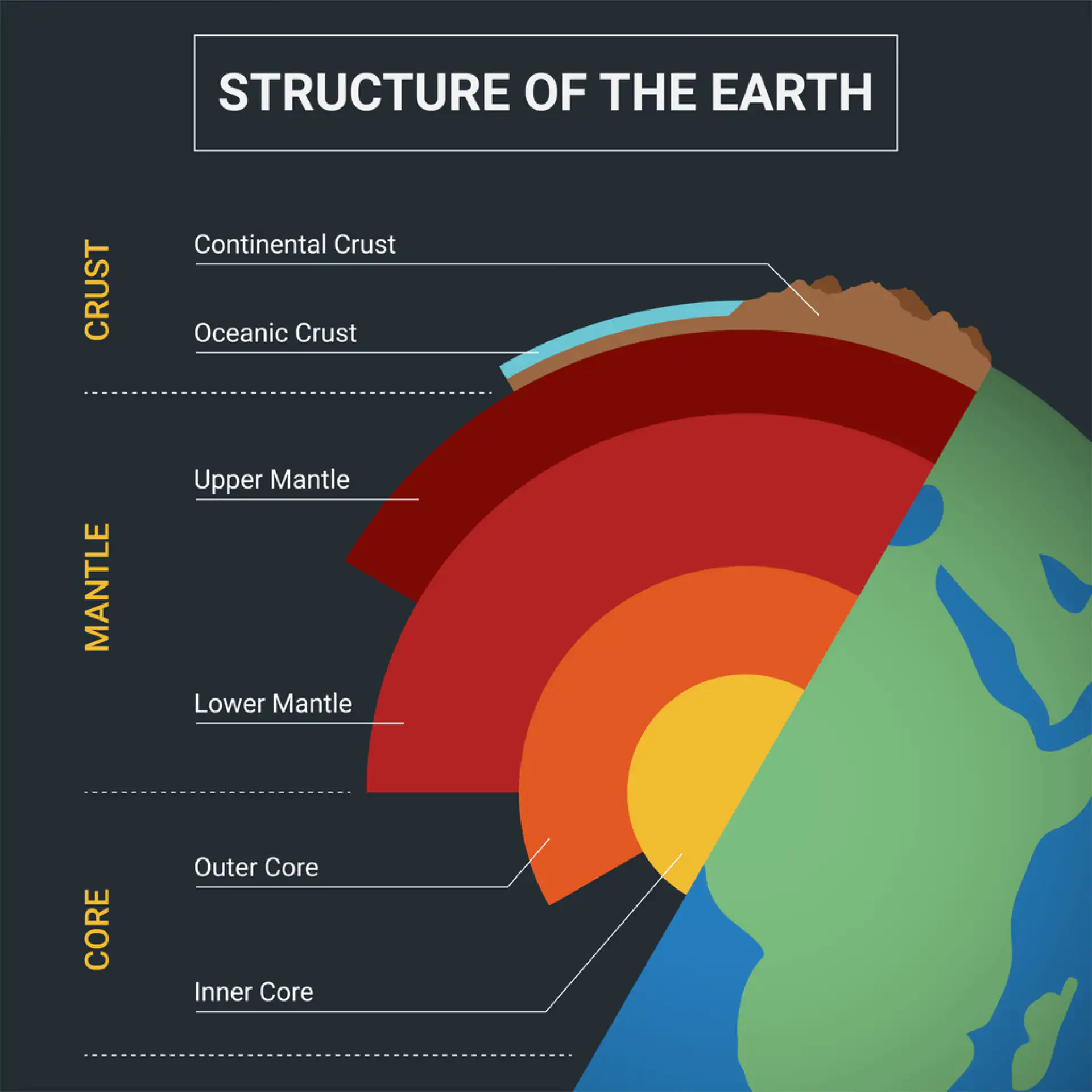
Generally, there are three main layers in Earth's interior. These include the crust, the mantle, and the core, which itself is divided into two layers - the inner core and the outer core.
These layers not only differ in their compositions and characteristics but also have distinct effects on the course of events that occur on the Earth's surface. So without further ado, let's delve deeper into the mysterious layers beneath us.
What is Earth's crust made of, and how thick is it?
The best part of a pizza is its crust, right? The Earth has a crust, although this one has no cheese, and compared to its other layers, this part is relatively thin. This layer exists in two different forms; continental and oceanic crust.
The continental crust is rich in felsic materials — those containing an element called silica. It is around 20-70 kilometers thick. On the other hand, the oceanic crust is mafic materials, or those rich in iron and magnesium, and is approximately 5-10 kilometers thick.
Still, one of the most crucial differences between the continental and oceanic crusts is their density. The oceanic crust is denser than the continental crust. Therefore, when a piece of oceanic crust collides with the continental crust, the former slides beneath the latter in a process called subduction.
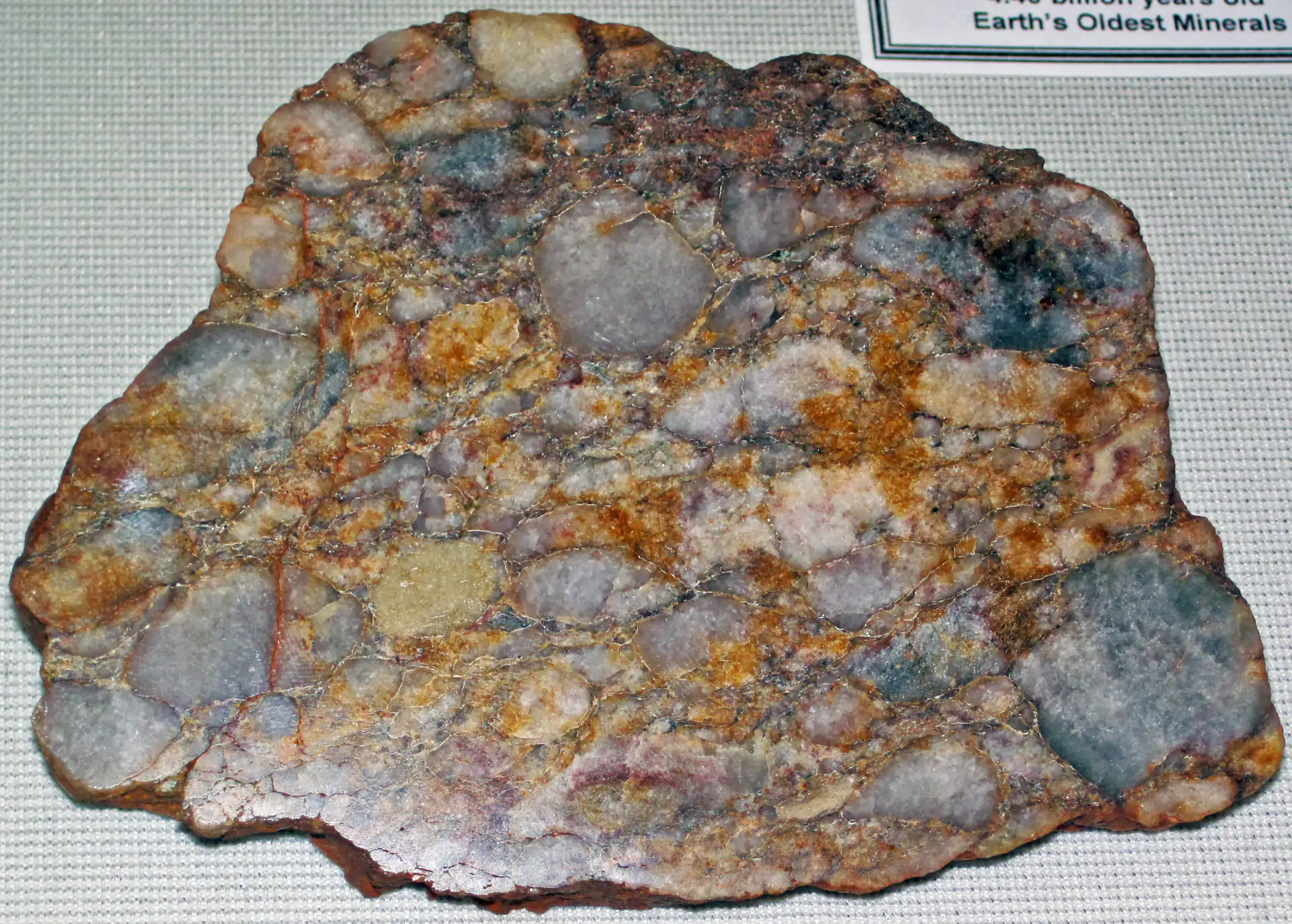
The subducted oceanic crust then sinks deeper into Earth's layer known as the mantle (we'll get to this shortly, progressively getting deeper before eventually being destroyed. The oldest known continental crust is 4 billion years old, while the oldest oceanic crust is only 340 million years old.
What is Earth's 'plastic' mantle made of, and how thick is it?
Below the crust is a solid but malleable layer called the mantle. This layer reaches a temperature of 3500 degrees Celsius with pressures up to a million times greater than the atmospheric pressure on the surface of Earth.
The mantle is about 2,900 kilometers (1,802 miles) thick and makes up 84% of Earth's total volume. It is mainly composed of an ultramafic rock called peridotite. This rock primarily consists of the mineral olivine which is made up of 'MgFeSiO4' crystals.
As Earth started to take shape around 4.5 billion years ago, iron and nickel swiftly separated from other rocks and minerals to create the planet's core (we'll get to this layer next). The molten material around the core was the early mantle, which cooled over millions of years.
During this cooling, a process called "outgassing" occurred, when the water inside minerals erupted with lava. As additional water was released as a gas, the mantle solidified.
How does the mantle produce Xenoliths?
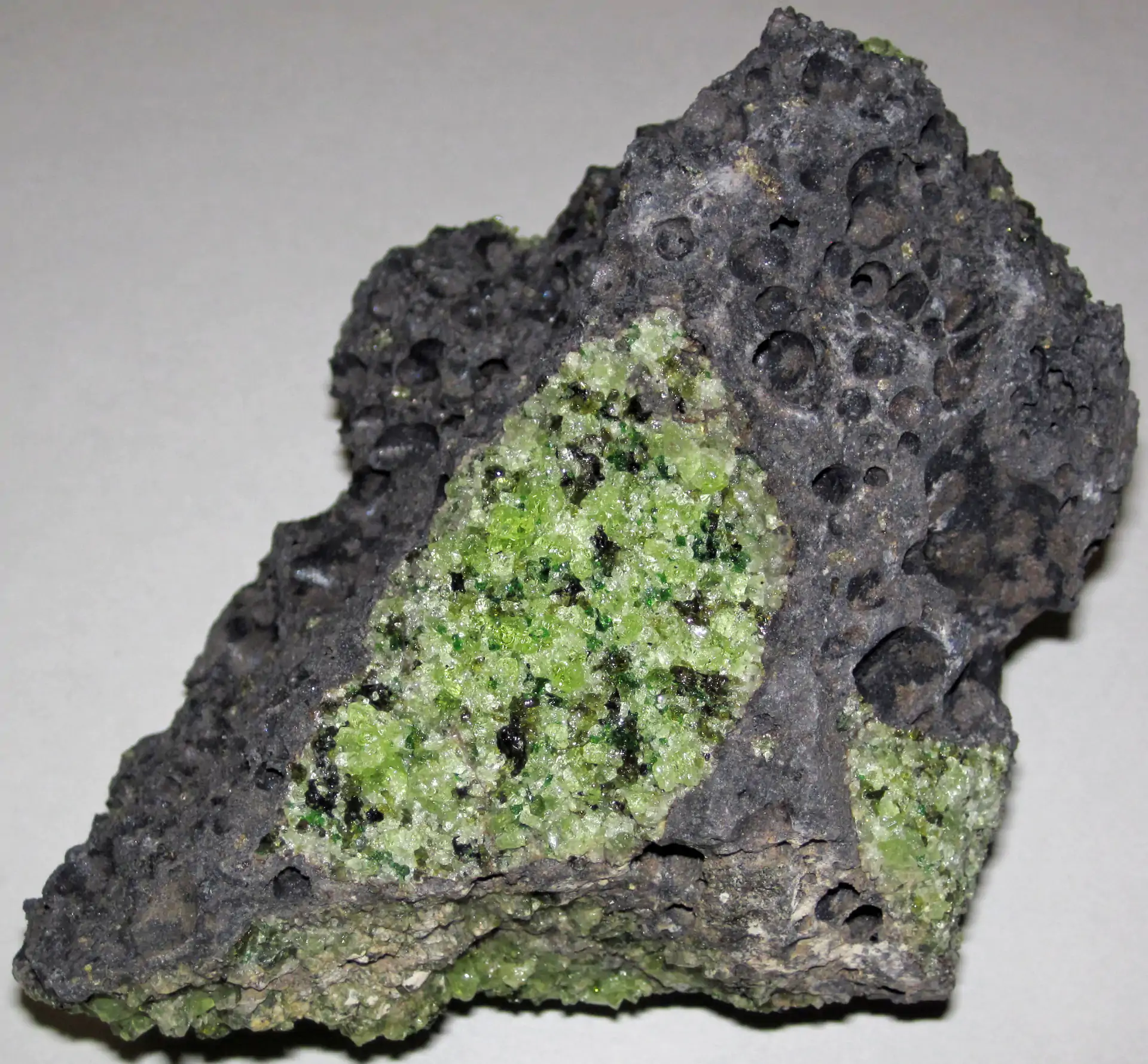
Because the mantle is essentially inaccessible, it is challenging to identify its chemical makeup with a high degree of precision. We do know that the rocks that make up the mantle are mostly silicates and magnesium oxide.
Still, xenoliths provide valuable information about the Earth's mantle. These are the strange inclusions geologists have discovered within solidified magma rocks (igneous rocks). Xenoliths contain samples of the mantle and scientists can study their chemical properties to understand the depth at which they were formed.
One major type of mantle xenoliths is green and contains mantle-derived peridotite.
How does the mantle produce diamonds?
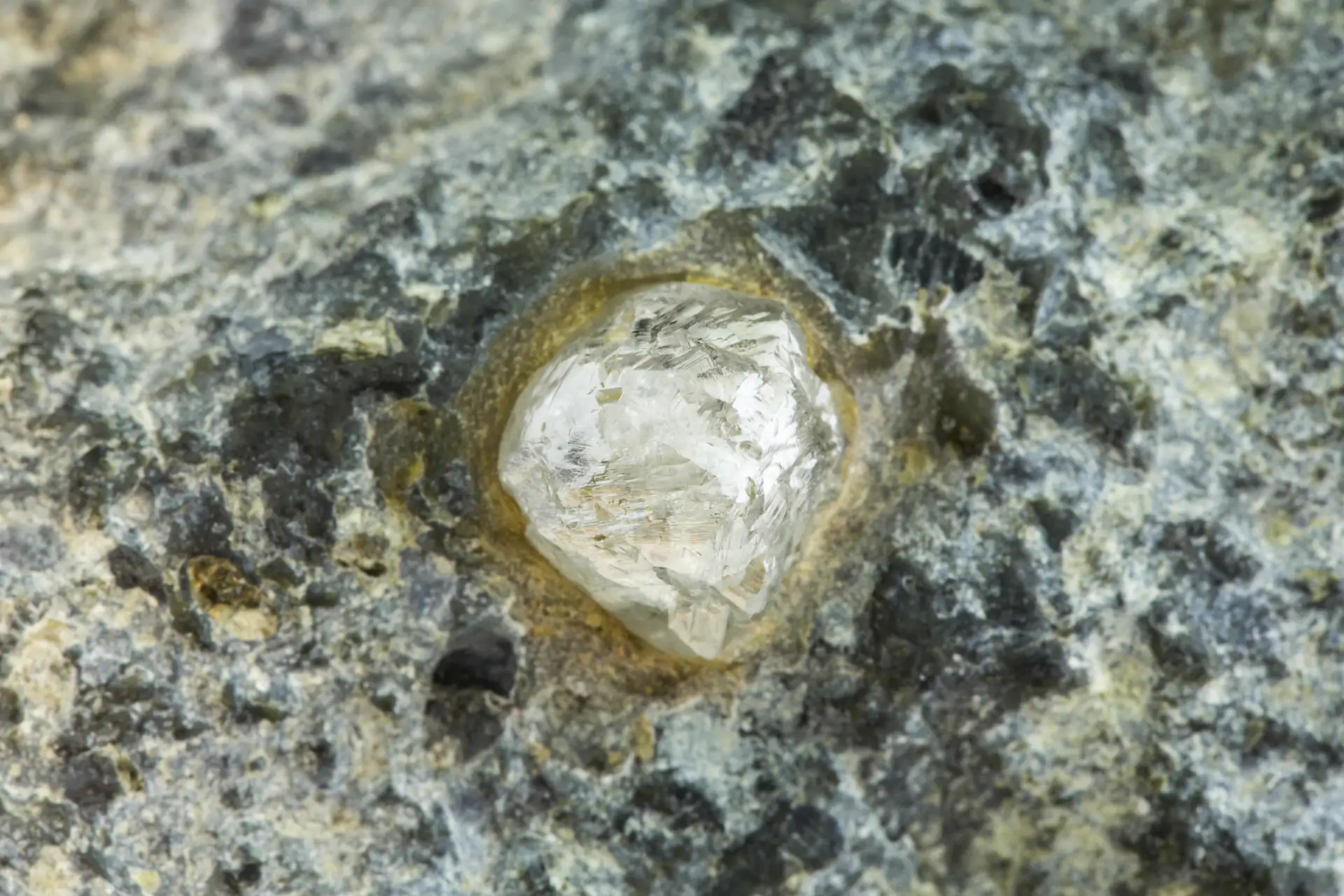
Diamonds are formed at a profound depth of at least 150 kilometers. Scientists know this by examining an ultramafic xenolith called kimberlite. Such depths are in limited zones of the Earth's mantle with very high pressures and temperatures of at least 2000 degrees Fahrenheit (1093 degrees Celsius).
Deep-source volcanic eruptions, according to geologists, are what bring diamonds formed in the mantle to the surface.
What is the mantle's D" layer?
The mantle is made up of various layers. These include the upper mantle, the transition zone, and the lower mantle. It also consists of a D" (D double-prime) layer, a mysterious yet geologically significant layer called the D" layer, where the mantle and outer core meet.
While the nature of this layer is still unknown, scientists have some hypotheses (of course). Some believe that this layer is the place where the subducted oceanic slabs eventually settle. In contrast, some believe that it is the origin of the mantle.
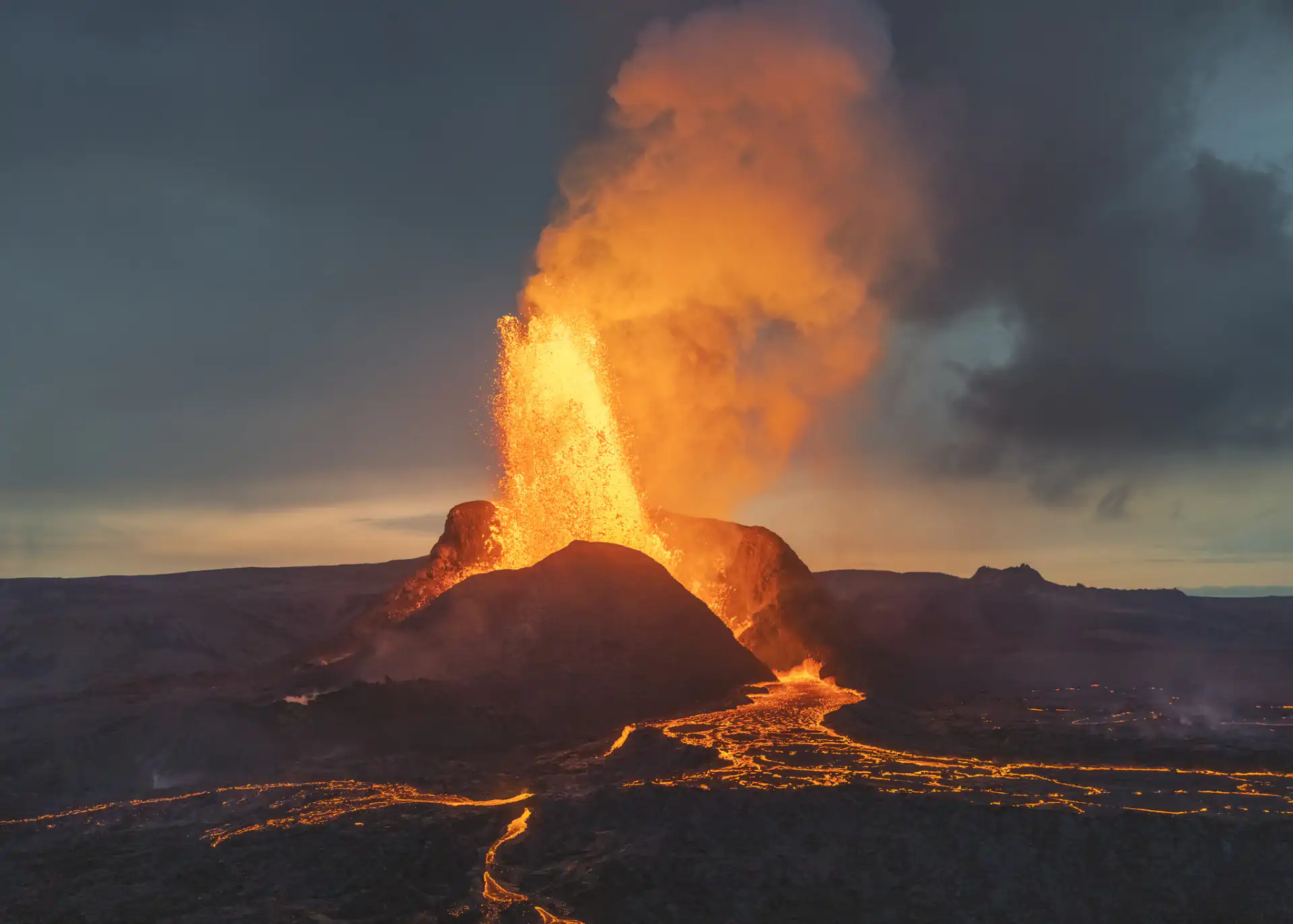
In areas where the heat flux from the core of the Earth is greater, cylindrical areas of hot rising mantle initiate from within the D" layer. These mantle plumes have caused some of the largest volcanoes in the Earth's history, some of which are located in Hawaii, Iceland, and Yellowstone in the U.S.
The accumulation of the D" layer region also has implications for triggering magnetic field reversals. Did you know the last reversal was about 780,000 years ago? And we may be due for the next soon.
What is Earth's Inner and Outer Core? How do they differ?
At about 2900 kilometers (1802 miles), the D? layer gives way to a liquid iron-nickel-rich layer called the outer core. This layer further divides into a solid inner core.
The outer core is a liquid because of extremely high temperatures and pressure. However, the intense pressures increasing further into the inner core solidify the iron and nickel by altering the melting point.
What is Earth's liquid Outer Core?
The iron and nickel of the outer core experience temperatures reaching 5,500 degrees Celsius (9,932 Fahrenheit), with pressures exceeding 300 million times the atmospheric pressure on the surface. As a result, the outer core exists in a low-viscosity fluid state. The outer core is around 2200 kilometers thick, with a radius extending about 3,400 kilometers.
The outer core's density is estimated to be much higher than the mantle or thin crust, ranging between 9,900 and 12,200 kg/m3. Since this layer is a liquid, it can easily convect, carrying heat into the mantle through the D? layer.
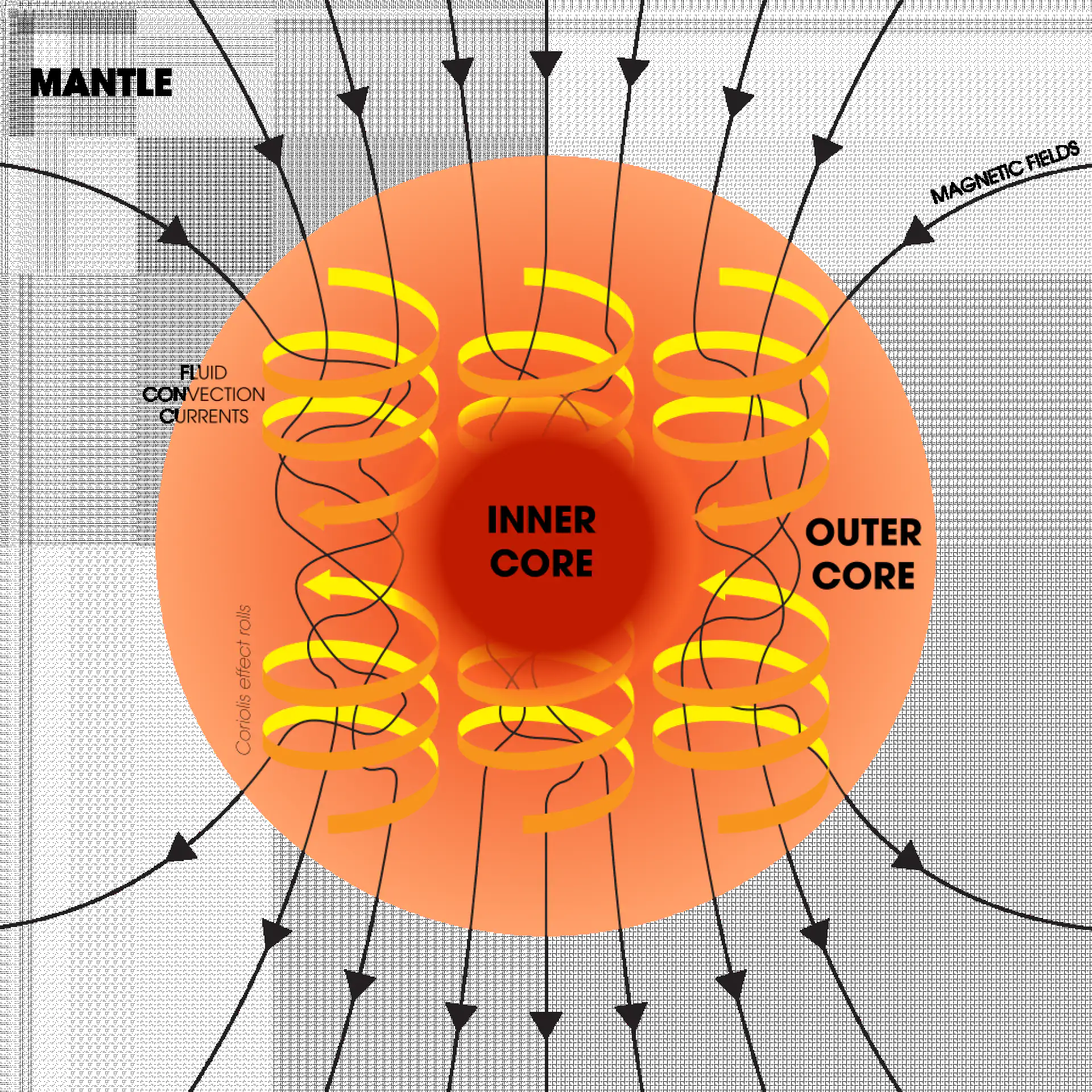
This convection current is further modified into large cylindrical helices due to the Earth's rotation. Iron, an electrically conductive material, creates an electric field as it swirls through the Earth's magnetic field.
This creates an additional magnetic field that strengthens the original magnetic field. The average magnetic field strength in Earth's outer core is estimated to be 50 times greater than the magnetic field on the surface of the Earth.
At around 5100 kilometers, the pressure becomes so great that iron is forced into the solid phase. This boundary is called the 'Bullen discontinuity,' marking the division between the liquid outer core and the solid inner core.
What is Earth's solid Inner Core?
The inner core has a radius of around 1220 kilometers and has a temperature just a bit cooler than that of the sun's surface. The inner core's density is 12,600-13,000 kilogram per cubic meter (kg/m3). It is made almost entirely of metals, especially nickel and iron, along with sulphur and elements that dissolve in iron such as gold, platinum, and cobalt.
The core itself does not generate a magnetic field. However, it does help lock in the field lines and stabilize the magnetic field generated by the movement o the outer core.
Since the inner core is not firmly in connection to the Earth's solid mantle above, it rotates faster than the Earth itself! This phenomenon is called super-rotation.
What are the physical (rheological) layers of Earth?
The layers discussed above all relate to understanding Earth's interior based on chemical differences. As shown below, scientists can also group Earth's layers based on its mechanical (or rheological) differences.
There are five layers based on rheological differences: The lithosphere, asthenosphere, outer core, inner core, and mantle.
This 'rheological' differentiation addresses the movement of the liquid state of the rocks under intense temperature and pressure. For example, the rocks located at hundreds and thousands of kilometers will respond differently to the strain under normal atmospheric temperature and pressure than those close to the surface.

How do layers of Earth cause earthquakes and mountain building?
The lithosphere and asthenosphere are significant in explaining the plate tectonics theory which describes how earthquakes, volcanoes and mountain building events take place. Essentially, the lithosphere, is composed of the crust and upper mantle, and is divided into huge rocky plates.
These plates are situated on top of the asthenosphere, a rock layer that is still partially molten. The plates move relative to one another at varied speeds, ranging from two to 15 centimeters (one to six inches) per year, as a result of the convection of the asthenosphere and lithosphere.
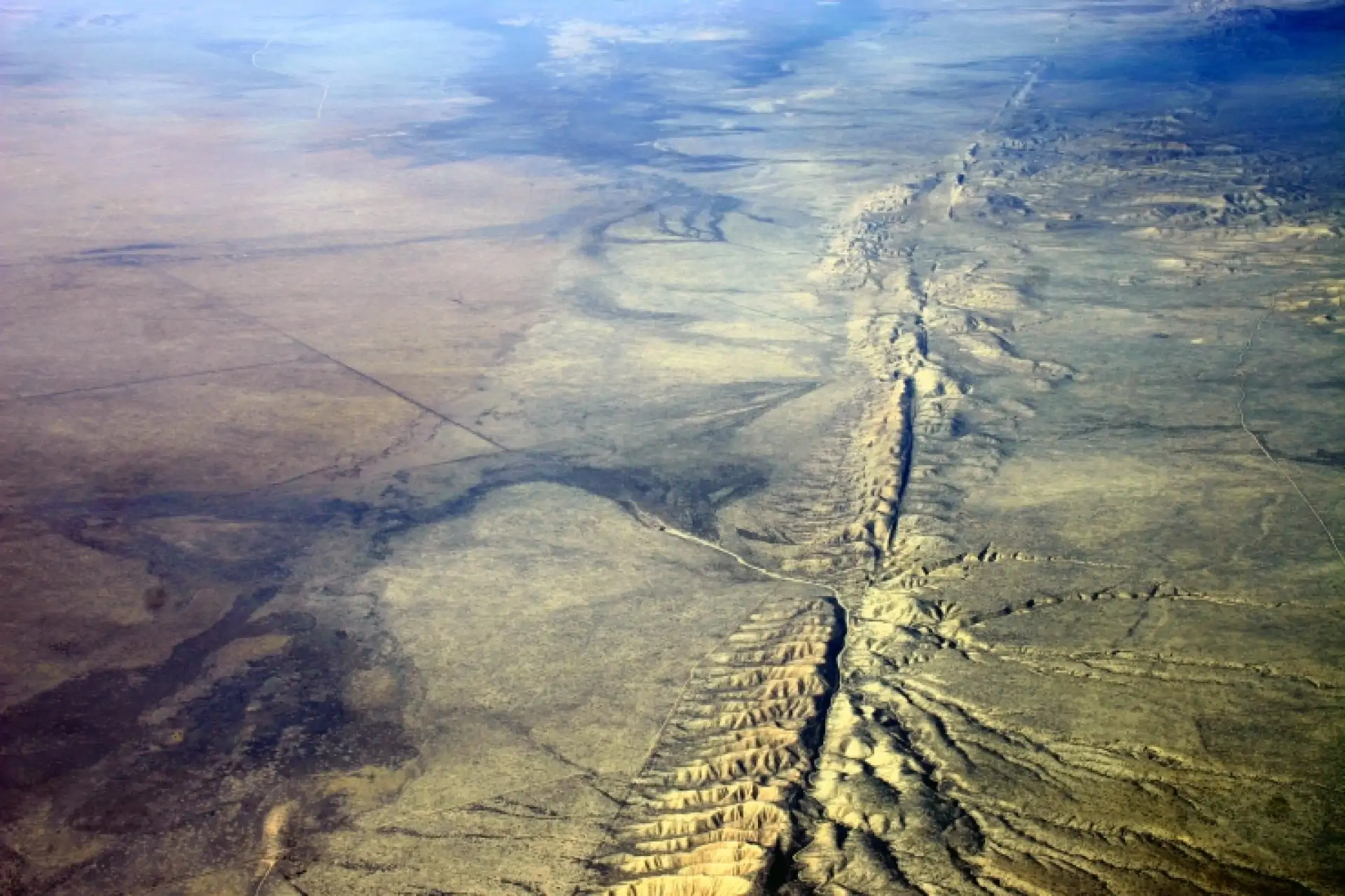
Many distinct geological structures, including the East African Rift, and the San Andreas Fault in California, are the result of this interaction of tectonic plates.
Life is made possible by the dynamic, layered structure of Earth
The truth is that the Earth remains a strange and mysterious place. Like other celestial objects undergoing changes and evolutions, our Earth is not a finished product. And it's certainly not the same place it was when first formed.
From the continuous drifting and collision of its tectonic plates, and the constant convection currents in its interior, to its ever-growing core, Earth will keep changing even eons from now.
Fundamentally, all known life in the cosmos is supported by Earth's layered architecture. This begs the question, could other layered and habitable planets be out there?
 SHOW COMMENT (1)
SHOW COMMENT (1)

A recent study estimated how far the moon was 2.5 billion years ago. Can scientists figure out how far the moon will be in the future?



 BlocksInform
BlocksInform
